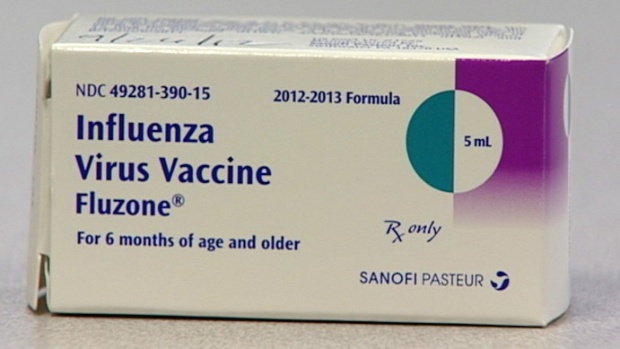 1. Health Beat by Maggie Mahar - Maggie Mahar created HealthBeat in 2007. Earlier this year, she began posting regularly at the healthinsurance.org blog and she’ll continue to write on both websites.
The author of Money-Driven Medicine: The Real Reason Health Care Costs So Much (Harper/Collins 2006), Mahar also served as the co-writer of the documentary, Money-Driven Medicine (2009), directed by Andrew Fredericks and produced by Alex Gibney.
1. Health Beat by Maggie Mahar - Maggie Mahar created HealthBeat in 2007. Earlier this year, she began posting regularly at the healthinsurance.org blog and she’ll continue to write on both websites.
The author of Money-Driven Medicine: The Real Reason Health Care Costs So Much (Harper/Collins 2006), Mahar also served as the co-writer of the documentary, Money-Driven Medicine (2009), directed by Andrew Fredericks and produced by Alex Gibney.
Before she began writing about health care, Mahar was a financial journalist and wrote for Barron’s, Time Inc., The New York Times and other publications. (Her first book, Bull: A History of the Boom and Bust 1982-2003(Harper Collins, 2003) was recommended by Warren Buffet in Berkshire Hathaway’s annual report. For more on her books, click here.
In an earlier career, Mahar was an English professor at Yale University where she taught 19th and 20th century literature.
2. HealthBlawg - David Harlow is a seasoned health care attorney and consultant recognized as an accomplished, innovative and resourceful thought leader in health care law, strategy and policy. His experience in both the public and private sectors over the past twenty-five years affords him a unique perspective on legal, policy and business issues facing the health care community.
3. But Doctor I Hate Pink - Breast Cancer? But Doctor, I hate pink is a brutally honest, laugh out loud funny, raw account of navigating life with metastatic breast cancer. Breast cancer is not all pink ribbons and fun runs and survivorship memorabilia, and Ann tells it like it is, what it's like to live life when you know you are going to die.
4. The Health Care Blog - You can think of us as a little bit like the Huffington Post with a focus on medicine, science and the business of medicine. Since passage of the Obama administration’s health reform law, we’ve paid close attention to the Affordable Care Act, tracking the implications of the landmark legislation for the industry and consumers, as well as the looming legal battle over the law’s future in Washington.
5. Health Care Informatics - Mark Hagland's blog about informatics.
6. Simply Healthy - Marta Montenegro has been inspiring people to live healthy lives by giving them the tools and strength to find one’s inner athlete. Inspired by her father’s last words to her, “Find your victory,” she dedicated herself to living a healthy lifestyle and sharing her personal journey with others. Her personal website MartaMontenegro.com combines health and fitness advice, first-person stories, and tips on nutrition, beauty and fashion.
7. Runblogger - The best running blog out there (running is health right?) and you can read more about the author.
8. Wall Street Journal Health Blog - Great resource from the WSJ.
9. Jay Parkinson + MD + MPH - If I had gone to medical school instead of pharmacy school, THIS is the kind of doctor that I would want to be. Love this blog.
After completing a residency in pediatrics and one in preventive medicine at Johns Hopkins, I started a practice for my neighborhood of Williamsburg, Brooklyn in September 2007. People would visit my website; see my Google calendar; choose a time and input their symptoms; my iphone would alert me; I would make a house call; they'd pay me via Paypal; and we'd follow up by email, IM, videochat, or in person.
Fast Company calls me The Doctor of the Future. I've got a startup called Sherpaa. Read more about me here.
10. NPR's Shots - fascinating daily information about health around the world
So there is my top ten list of blogs I enjoy at the moment. Hope you enjoy!
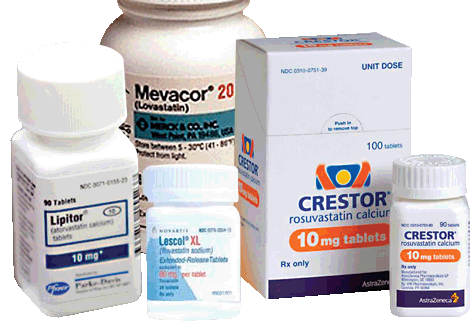 Guidelines change, and recently new material was released concerning cardiovascular risk. The spreadsheet enables health care providers and patients to estimate 10-year and lifetime risks for atherosclerotic cardiovascular disease (ASCVD), defined as coronary death or nonfatal myocardial infarction, or fatal or nonfatal stroke, based on the Pooled Cohort Equations and the work of Lloyd-Jones, et al., respectively. The information required to estimate ASCVD risk includes age, sex, race, total cholesterol, HDL cholesterol, systolic blood pressure, blood pressure lowering medication use, diabetes status, and smoking status.
However, the more I play with different patients' numbers, even my own mother's, the more it is very obvious the calculator overestimates risk fairly significantly. We can expect, I guess, statin snack machines to pop up everywhere since most will now be candidates to be on a statin.
Guidelines change, and recently new material was released concerning cardiovascular risk. The spreadsheet enables health care providers and patients to estimate 10-year and lifetime risks for atherosclerotic cardiovascular disease (ASCVD), defined as coronary death or nonfatal myocardial infarction, or fatal or nonfatal stroke, based on the Pooled Cohort Equations and the work of Lloyd-Jones, et al., respectively. The information required to estimate ASCVD risk includes age, sex, race, total cholesterol, HDL cholesterol, systolic blood pressure, blood pressure lowering medication use, diabetes status, and smoking status.
However, the more I play with different patients' numbers, even my own mother's, the more it is very obvious the calculator overestimates risk fairly significantly. We can expect, I guess, statin snack machines to pop up everywhere since most will now be candidates to be on a statin.


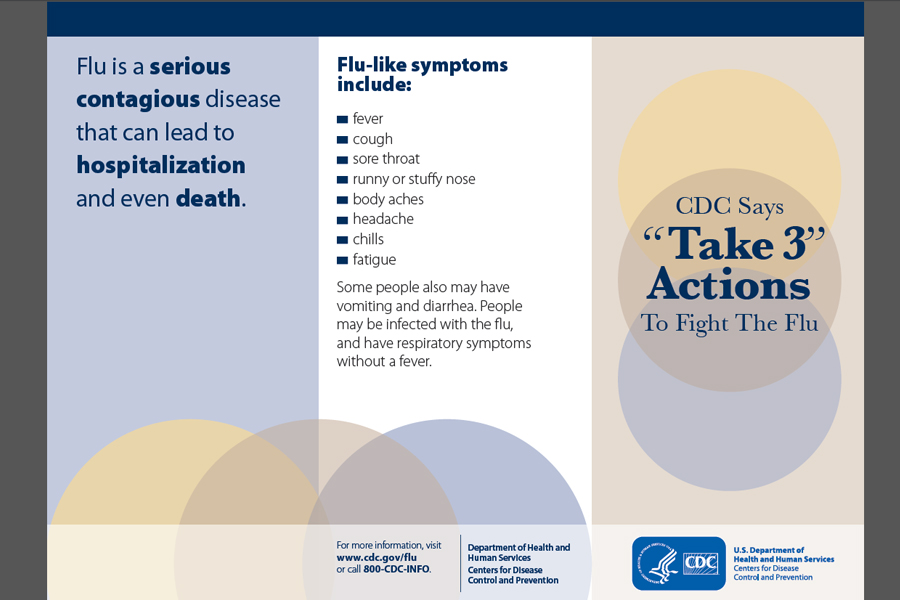
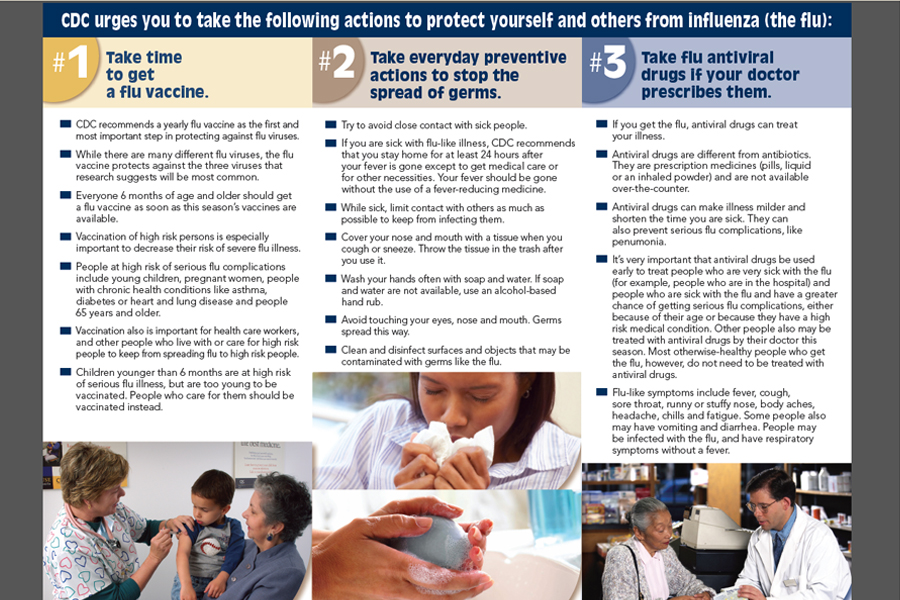



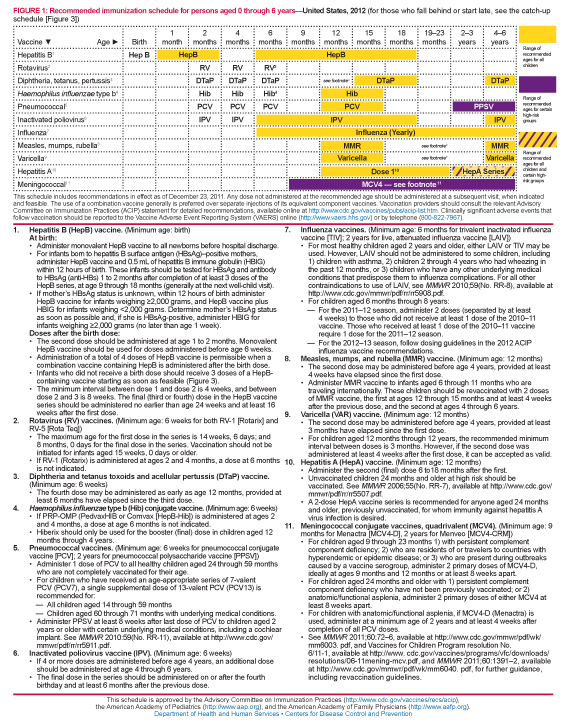
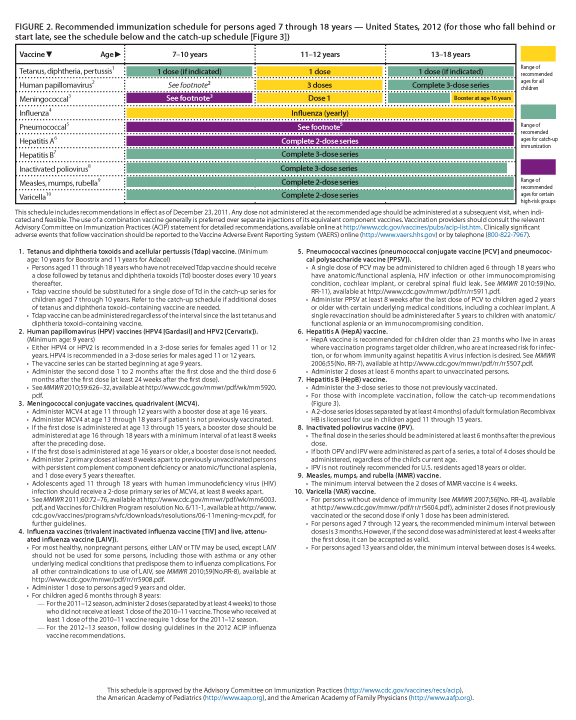
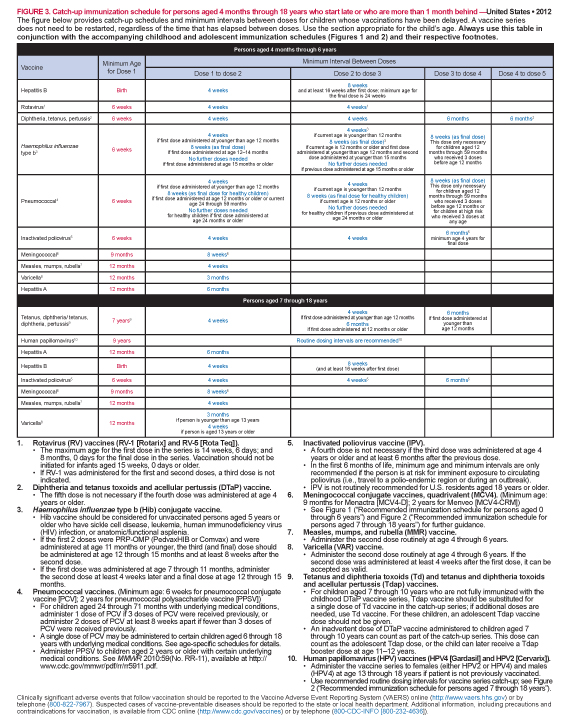
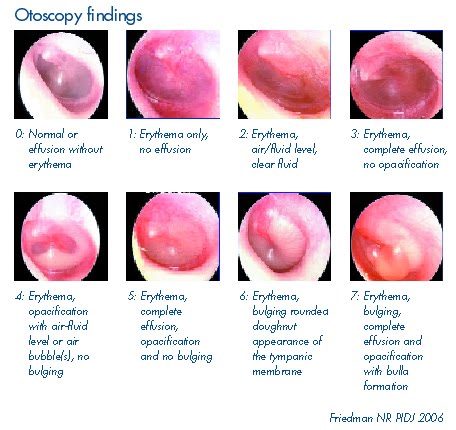
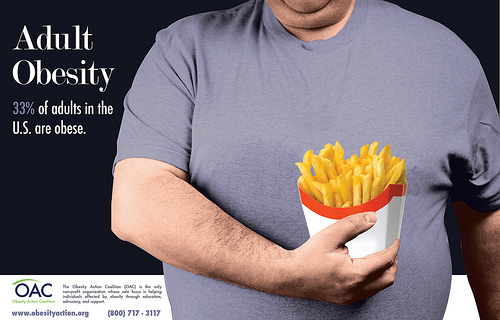 I am amazed daily when I am working at the hospital at the correlation between heavy weight or obesity and chronic illness. Home medication rec sheets reach pages and pages with blood pressure medications, statins for high cholesterol, diuretics, and the list goes on.
(Even sadder is the hospital cafeteria, but I have yet to dine in a hospital cafeteria and find healthy food which is odd to me)
I am amazed daily when I am working at the hospital at the correlation between heavy weight or obesity and chronic illness. Home medication rec sheets reach pages and pages with blood pressure medications, statins for high cholesterol, diuretics, and the list goes on.
(Even sadder is the hospital cafeteria, but I have yet to dine in a hospital cafeteria and find healthy food which is odd to me)